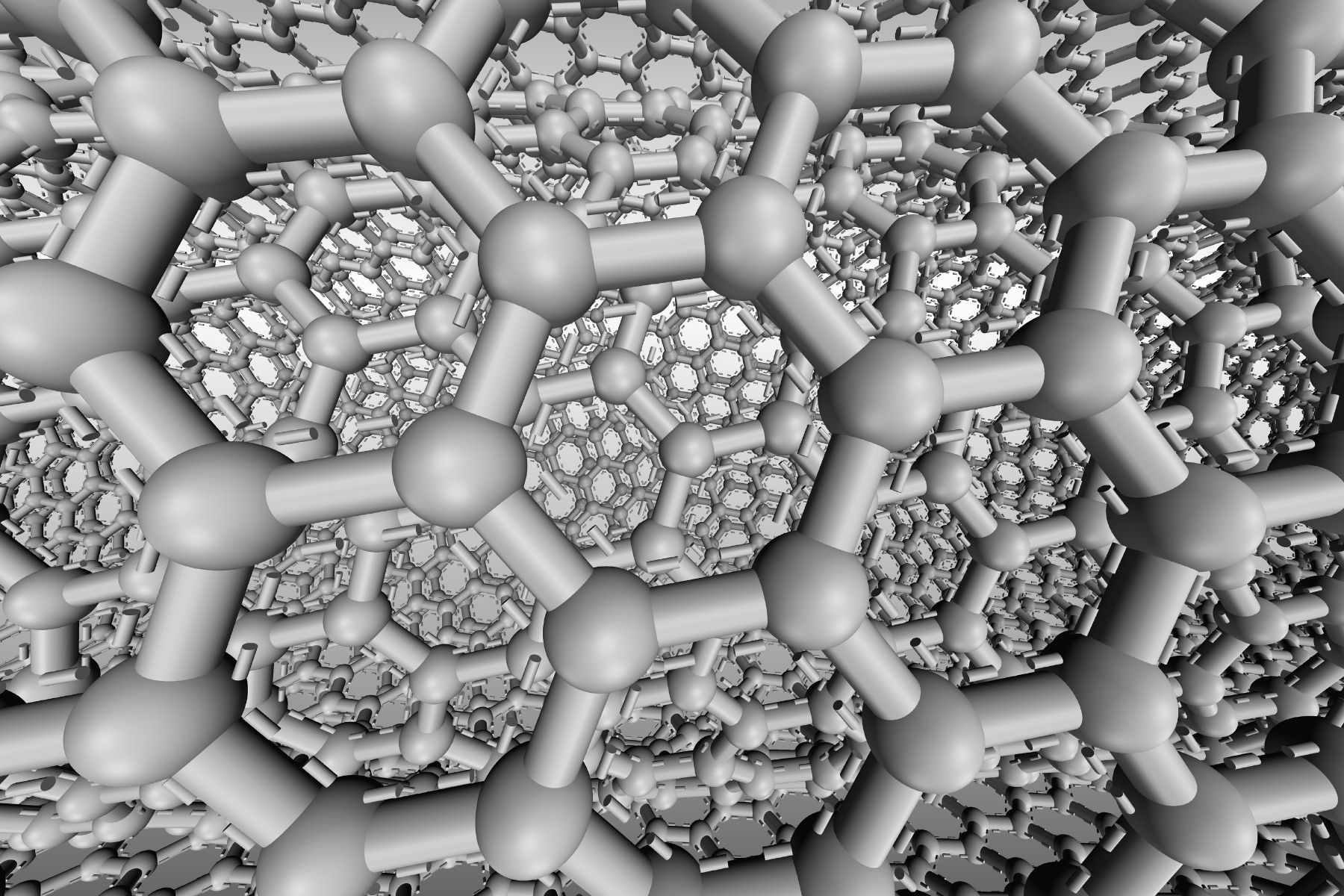
Imagine a lightweight material that is a hundred times stronger than steel. Now imagine that material can conduct electricity, store energy, stop a bullet, filter contaminated water, and deliver drug treatments to cancer cells without harming adjacent tissues.
Introducing carbon nanotubes, a scientific wonder substance. You may not have heard of carbon nanotubes (or CNTs), but they are probably already part of your life. They may be in your cell phone or computer, where they are used as semiconductors, or part of your bike frame, where they provide strength without weight. They could even be in your tires, helping improve handling on slick roadways.
The market for CNTs is expected to grow significantly in the upcoming decades. CNTs can provide the lightweight strength that modern windmills need. They can help batteries store the charge in an electric vehicle.
So what’s the down side?
Lung fibrosis, mostly, and lung cancer. Plus genotoxicity and the potential harm to a wide array of body systems, like the heart, kidney and brain. Worse, in vivo and in vitro studies show that carbon nanotubes can cause harm at very low levels. Some CNTs actually look like asbestos fibers -- and they appear to act like asbestos as well, causing mesothelioma and other lung cancers.
Carbon nanotubes are, essentially, a bunch of carbon atoms stuck together and rolled into a tube. They can be long, short, rigid or curved. Other chemicals can be added to their surface. All of these variations can affect the way CNTs behave. Produced in batches, a handful of carbon nanotubes look like black soot. And, like soot, CNTs can be inhaled.
In products, CNTs are often embedded in a material, which theoretically contains them for an unspecified amount of time, making them safer. But what happens when tires with carbon nanotubes roll on highways—or when ground up tires are turned into playground surfacing? Even when carbon nanotubes are bound into a material, they can be released over time through wear and tear. Eventually, as items reach the end of their life span and are discarded, what happens to carbon nanotubes as products break down?
The National Institute for Occupational Safety and Health has recommended protective measures for workers manufacturing and using CNTs. They also recommend that workers receive ongoing medical monitoring, with a focus on lung diseases. Epidemiological research is underway to determine if workers who make and use CNTs have higher levels of lung disease.
As with many promising technologies, CNTs have the potential for good and for harm.
Clean Water Action has submitted a petition, asking Massachusetts to list carbon nanotubes on its list of Higher Hazardous Substances. If CNTs are added to the list, facilities making and using CNTs will need to submit annual reports to the Massachusetts Department of Environmental Protection.
Reporting does not solve the problem of hazard, but it is a first step in understanding it.


